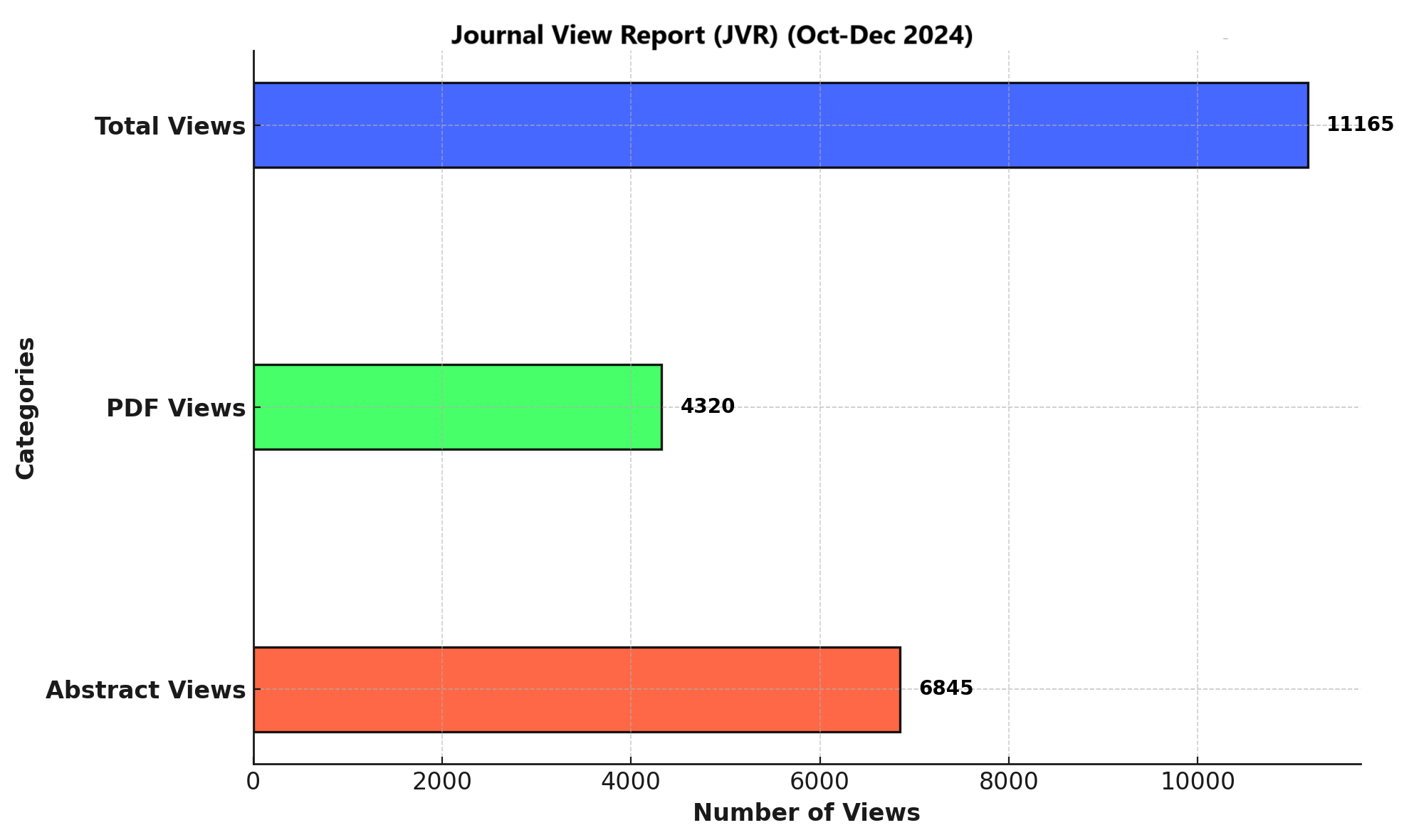PREVALENCE OF PIRIFORMIS TIGHTNESS IN PREGNANT WOMEN
DOI:
https://doi.org/10.71000/ijhr120Keywords:
Gravidity, Piriformis muscle tightness, Piriformis syndrome, Piriformis stretch test, Pregnancy, Prevalence, Third trimesterAbstract
Background: Piriformis tightness is a musculoskeletal condition often leading to pain, discomfort, and functional limitations. It frequently arises from prolonged sitting and biomechanical stress, which may progress to piriformis syndrome and associated low back pain. During pregnancy, physiological and postural changes further predispose women to this condition, yet limited research has addressed its prevalence and contributing factors in this population.
Objective: To determine the prevalence of piriformis tightness among pregnant women in their third trimester and assess its association with age, gravida status, job type, and working hours.
Methods: This descriptive cross-sectional study included 186 pregnant women aged 20–40 years in their third trimester, recruited from Hamida Trust Hospital (Kotla) using non-probability convenience sampling. Participants were screened based on inclusion and exclusion criteria, and piriformis tightness was assessed using the piriformis stretch test. Demographic information, including age, gravida, job status, working hours, and exercise during pregnancy, was documented. Data analysis was performed using SPSS version 23, with frequency tests and chi-square analysis for significance.
Results: Piriformis tightness was present in 51.1% (95/186) of participants. Prevalence was highest among women aged 27–33 years (53.2%), with age showing a highly significant association (p<0.001). Multigravida women exhibited a prevalence of 63.98%, compared to 10.75% in primigravida women. Tightness was observed in 25.81% of working women and 25.27% of housewives. Working hours showed no significant correlation with piriformis tightness (p=0.226). Participants working 6–8 hours daily demonstrated a higher prevalence (21.06%) compared to those working fewer than 6 hours (12.43%) or more than 8 hours (17.84%).
Conclusion: Age and gravida were significant factors influencing piriformis tightness, with the highest prevalence in women aged 27–33 years and multigravida participants. While working women showed slightly higher prevalence rates, no direct correlation was observed between working hours and piriformis tightness.
Downloads
Published
Issue
Section
License
Copyright (c) 2024 Nimra Nadeem, Azka Yaseen, Afshan Shaheen, Gohar Rehman, Nida Tariq, Hafiza Rabia Irshad, Gulbashra Shaban, Amisha Qamar (Author)

This work is licensed under a Creative Commons Attribution-NonCommercial-NoDerivatives 4.0 International License.







